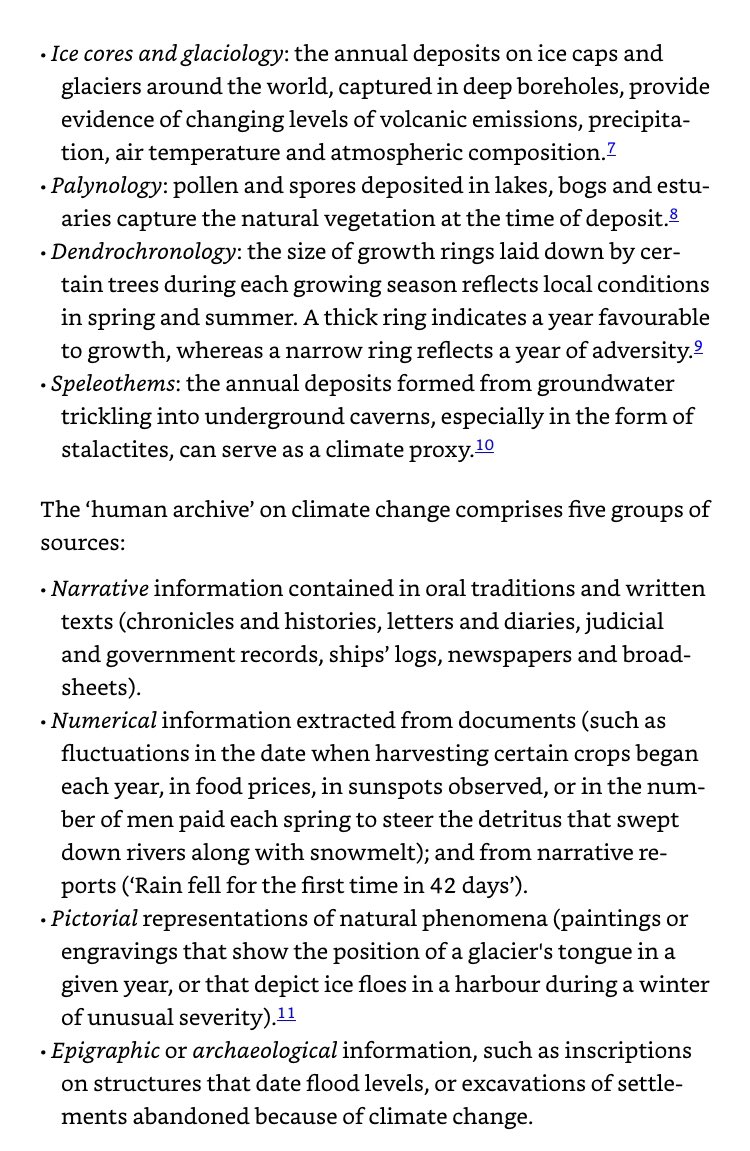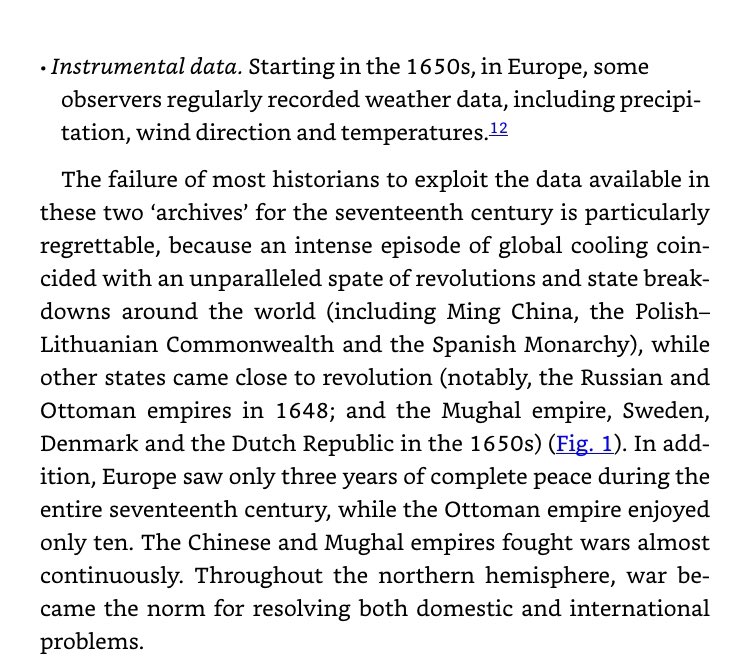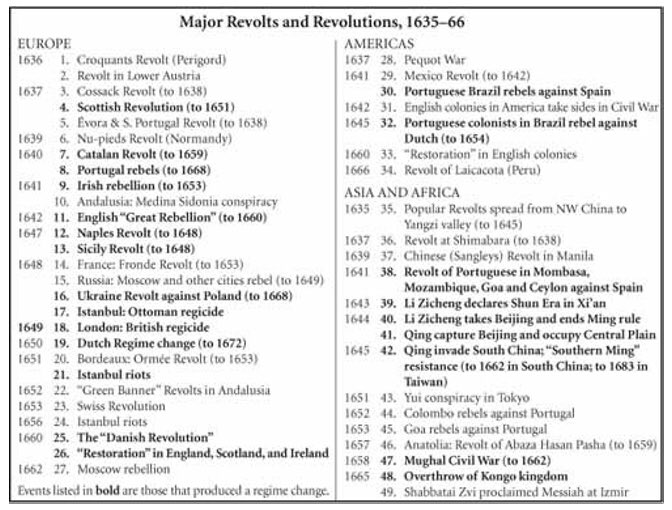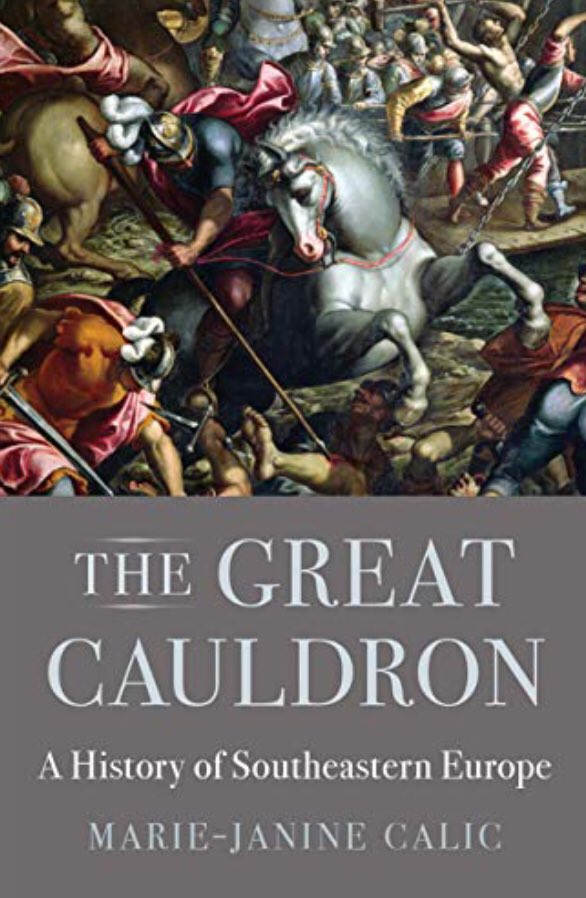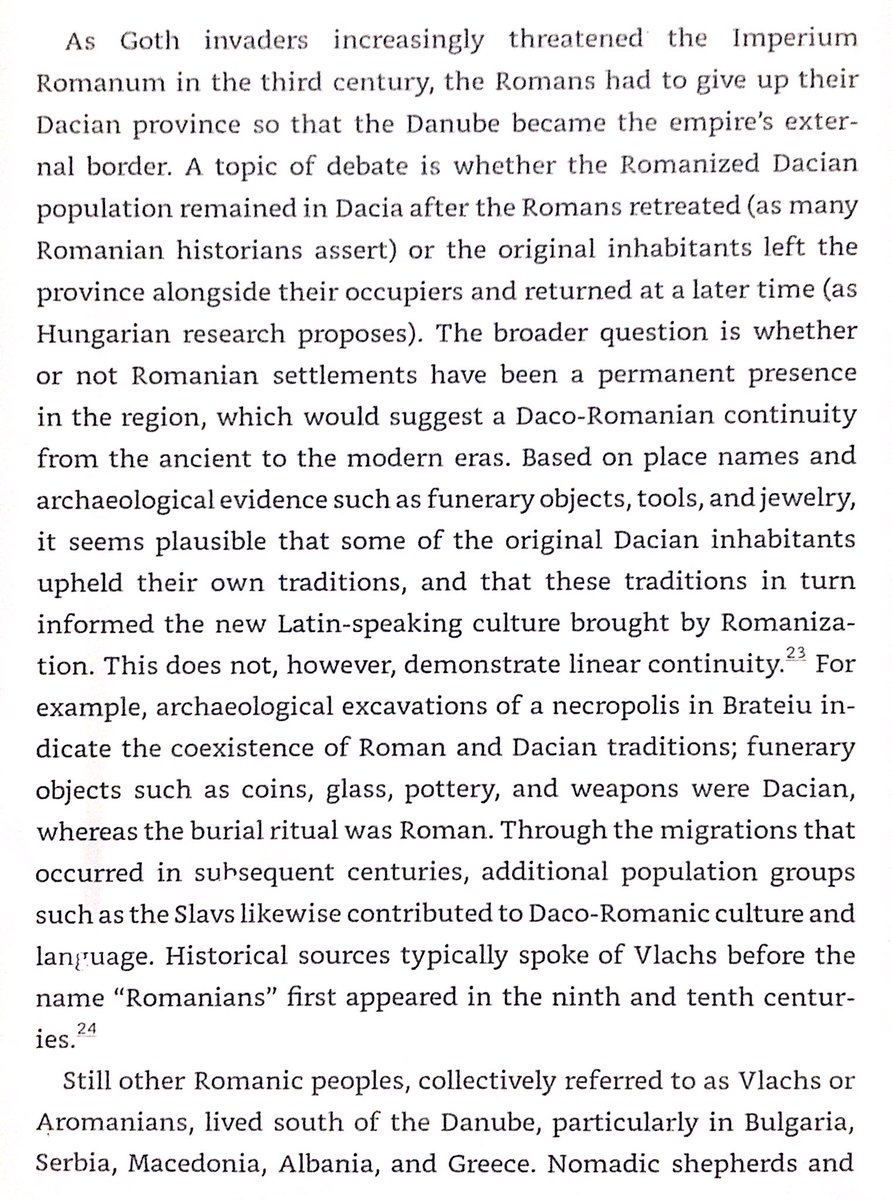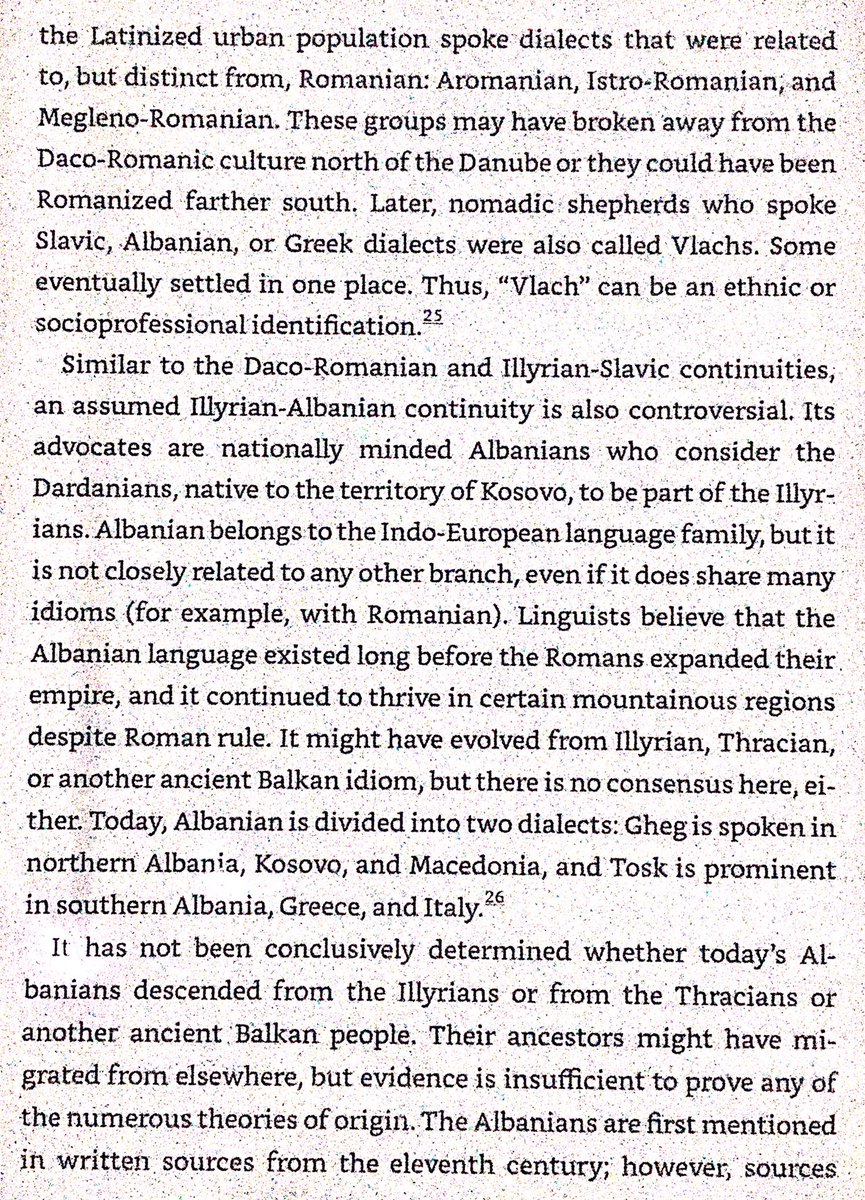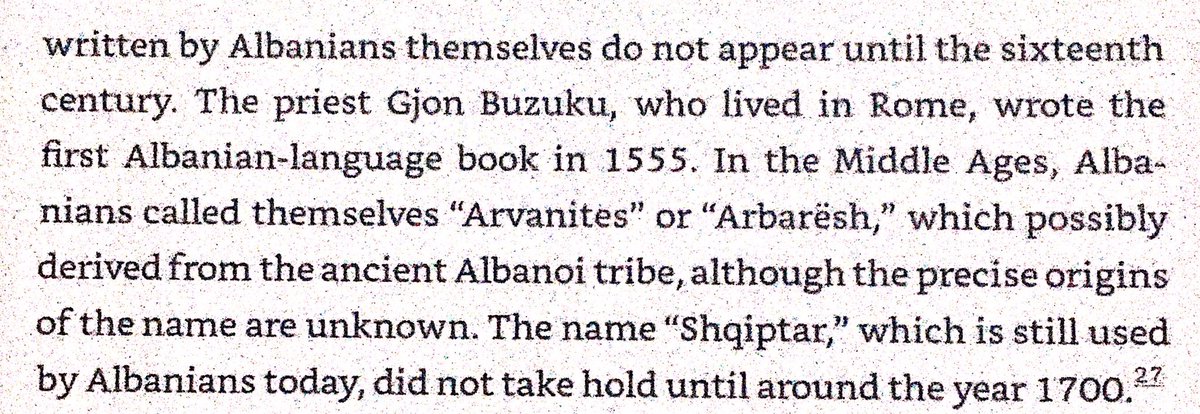
Seems some non-Americans on here - Ingrid Bergman was Swedish & Hannah Arendt was German iirc
https://twitter.com/bencjacobs/status/1351225229843050496
Junipero Serra was a Spaniard
Somehow Tecumseh made it on the list despite being one of our enemies.
the Marquis de Lafayette was French
Bernardo de Galvez was another Spaniard
• • •
Missing some Tweet in this thread? You can try to
force a refresh



















